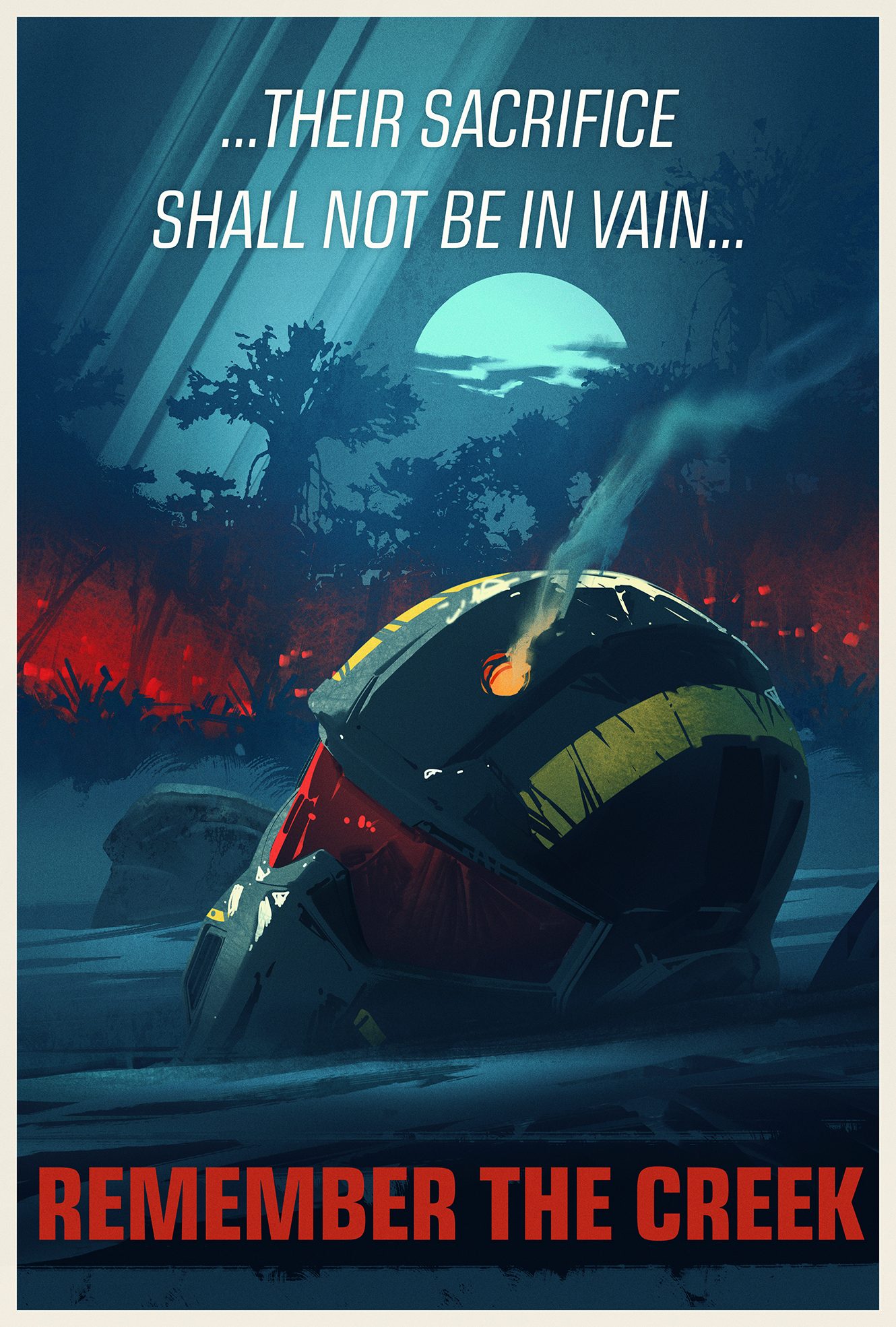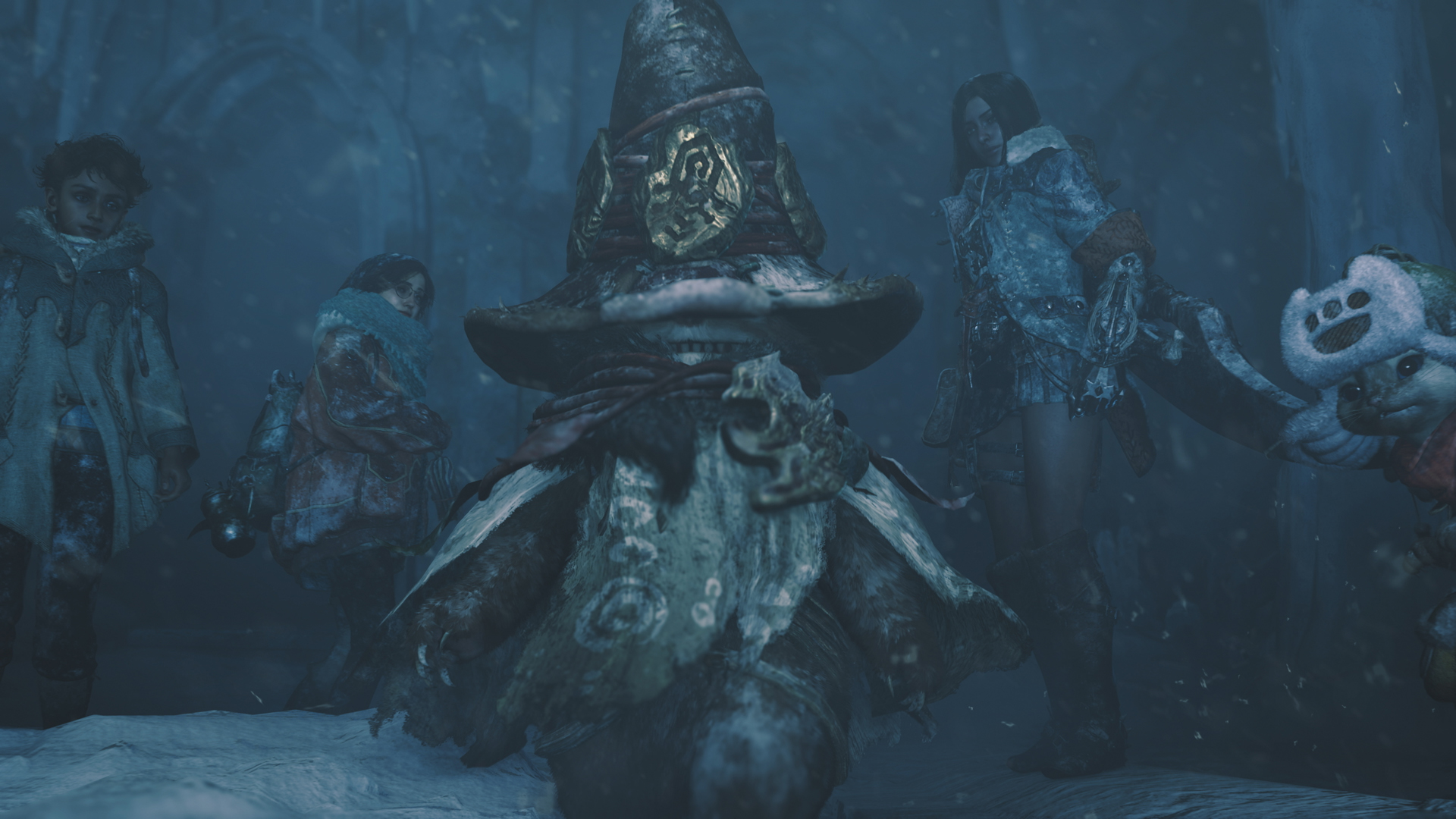| Minecraft | Bat
Last week, we asked you to climb to new heights in the game of your choice using #PSshare #PSBlog. Here are this week’s highlights:

m1rko_vp shares Jin scaling the side of a building in Ghost of Tsushima.

Misfunkshun shares Eivor climbing up a cliffside in Assassins Creed Valhalla.

call_me_xavii strikes Astro Bot climbing up a ladder made of fellow bots.

fsantos1697 shares Chloe climbing up a rope within a cave

xenobitz shares wrestlers scaling a cage in WWE 2K24.

Hedronik shares Alan climbing up a ladder during the Herald of Darkness sequence in Alan Wake 2.
Search #PSshare #PSBlog on Twitter or Instagram to see more entries to this week’s theme. Want to be featured in the next Share of the Week?

THEME: Romance
SUBMIT BY: 11:59 PM PT on February 12, 2025
Next week, we’re feeling the love. Share moments that spark romance in the game of your choice using #PSshare #PSBlog for a chance to be featured.
We live to fight, Legends. This season we’re showing that the community rules all as some of your favorite creators are taking over content and competition. These Creator Commissioners will create challenges based on their own Apex experiences, with fresh and unique items available to earn. Gear up with Arsenals, new shops stocked with everything you need to hit the battlefield immediately. All of this, plus the addition of Legend updates and bold meta changes, we’ve planned quite the party this season. But that’s not all we’re celebrating: our Anniversary Event kicks off along with the new season with even more community created content and the debut of the Mythic R-301. Apex Legends: Takeover launches on February 11.
Creator Commissioners
Four different Creator Commissioners will take the reins for two weeks each, along with their own challenges to conquer, new and returning fan-favorite modes, and fresh rewards. On week one, work with other players to complete Community challenges and ultimately determine how many Apex Packs will be up for grabs the following week.
On week two, it’s time to really earn those rewards. Work through five individual challenges to unlock a creator-selected Legendary weapon skin and the Apex Packs you chased in the first week. Participating in week one doesn’t automatically earn you rewards in week two, so you’ll want to jump into matches in the second week too.
Creator Commissioners and their Legendary choices:
February 25 – March 10, 2025: Ninjayla
Legendary skin: Wingman’s Death Ray
March 11 – 24, 2025: Oraxe
Legendary skin: Kraber’s The Pioneer
April 1-14, 2025: Apryze
Legendary skin: Mastiff’s Bone Breaker
April 15 – 28, 2025: Kaminari Kyupi
Legendary skin: Mastiff’s Tombstick
Arsenals

This new addition to Battle Royale provides easy and consistent access to weapons and ammo of your choice. Stations will be located across all POIs on every map with fixed locations, but with random ammo types per match.
Arsenals will also provide relevant ammo and the ability to enhance weapons. You can enhance one weapon per Arsenal and that weapon must match the Arsenal’s ammo type. Doing so will grant an upgraded attachment and provide an optic if the weapon is missing one. When bins reset, so too do Arsenals—giving you the ability to upgrade again with higher potency. The amount of ammo also significantly increases after a reset.
Meta changes

Everything changes this season with fresh meta updates that you’ll want to check out ASAP. Most notably, all weapon classes are getting adjusted to feel more competitive with Assault Rifles. Be aware that the time-to-kill has been decreased, not only due to these weapon adjustments, but also thanks to updates to Armor, Helmets, and headshot multipliers. Legends also get some nifty new updates: the Assault class is getting handy new perks, and both Ash and Ballistic are getting some special attention. We’ve also made some adjustments to r
Early 2024 the fight for galactic liberty reached new heights when, on February 8, Helldivers 2 blasted off into the stratosphere and became the new star of PlayStation 5. Since its launch, the third-person squad-based shooter has become a firm favourite with fans, scooping a clip-load of awards throughout the year. And what a year it ended up being – from brutal new foes to staggering mech suits, Arrowhead pretty much hit the target every time.
So, grab a steaming cup of liber-tea and join Game Director Mikael Eriksson for a chronological, intergalactic jaunt through what made Helldivers 2 such an explosive hit.
February 2024 – launch and the epic battle of Malevelon Creek
The continuation of the Galactic War in Helldivers 2 not only brought with it a fresh gameplay perspective, but also one of the key elements to the game’s appeal – building a community worthy of interstellar peacekeeping.
“One of the things we really wanted to hone in on was making a game that’s exciting and will create great moments that you can look back on with your friends and laugh or reminisce about,” explains Eriksson.

To that end, Helldivers 2’s emergent, often unpredictable systemic gameplay is partnered with social aspects that means players create a constant feedback loop of engagement. Videos and social media posts of random events, friendly fire, accidental death
Hunters! 2025 is here, and the time to hunt in Monster Hunter Wilds is fast approaching. We are excited to share the latest trailer, as well as additional information on the second open beta test (OBT2).
First, let’s unpack all the reveals from the latest trailer.

Meet a wandering Wudwud at the newly revealed locale: the Iceshard Cliffs
The hunter and the Expedition Team arrive at a new locale, the Iceshard Cliffs. As the story unfolds, you’ll venture into this icy landscape and encounter a variety of monsters that reside in it. The Iceshard Cliffs is a locale where snowy blizzards blow.

The Iceshard Cliffs is a locale where snowy blizzards blow.

Icy fog drifts in the air, forming a unique area where you can see collapsed debris and something fluttering in the freezing winds overhead.

Hunters exploring during a blizzard. Beat the cold and stay in top condition by warming up with a hot drink.
The Iceshard Cliffs are home to endemic life that have adapted to its harsh conditions for survival.
An ordinary Wudwud who has wandered far from home
Rove

Rove, the quirky Wudwud you will meet in the Iceshard Cliffs.
Monsters inhabiting the Iceshard Cliffs
Hirabami – Leviathan
A species of leviathan that inhabits the Iceshard Cliffs. It has sharp claws on its tail and uses a wind-catching membrane on its neck that allows it to float.
Read more
Capcom held a double-feature livestream, combining our latest news and updates in one special show. We shared the news on our upcoming lineup in Capcom Spotlight, followed by a deep dive into the highly anticipated Monster Hunter Wilds ahead of launch on February 28.
Here’s the big news from the show.

Onimusha: Samurai’s Destiny remaster announced, Onimusha: Way of the Sword update
Additional details were shared on the brand-new title in Capcom’s legendary swordplay action series, Onimusha: Way of the Sword. In this new entry, the team is focusing on three core aspects.
- A cast of compelling characters, including a new protagonist and enemies you’ll face off against.
- A dark fantasy set in Edo period Kyoto, brimming with historical, real-life locations.
- The ultimate sword-fighting action delivering the visceral satisfaction of slicing through enemies.
Onimusha: Way of the Sword tells the heroic tale of a sole samurai fighting against hordes of twisted creatures known as the Genma. Wielding an Oni Gauntlet, our new protagonist will mow down enemies in this dramatic story, set in a beautiful and eerie rendition of Kyoto. True to the series’ soul-sucking action combat, absorbing souls to restore health and use special moves in the heat of battle is key to victory.
Experience thrilling sword fights and slice through hordes of Genma when Onimusha: Way of the Sword launches on PS5 in 2026.
Ahead of the launch of Onimusha: Way of the Sword, the second entry in the series, Onimusha: Samurai’s Destiny, will be remastered for PlayStation 4. This marks the first time this classic title in the series has been released since its original 2002 launch on PlayStation 2. We hope you look forward to experiencing the second entry in the series, whether you’re a series veteran or newcomer.
New Monster Hunter Wilds reveals
We at San Diego Studio are thrilled to give you your first look at MLB The Show 25, launching March 18. As we celebrate 20 years of The Show, we’re deepening fan-favorite modes like Road To The Show and introducing an all-new mode in Diamond Dynasty called Diamond Quest. And, of course, gameplay remains our top priority, just like every year.

Road To The Show
- Begin your Road To The Show journey by playing two to three games in High School, and play three to four College games in The Amateur Years.
- Build the Road To The Show ballplayer you want, the way you want to. Utilize a revamped attribute progression system for more control over your player’s development, including crafting Perks to your liking.
- Hear authentic High School and College audio – hear the clank of metal bats and the rattle of chain link fences.
- RTTS/Player Lock will feature a variety of all-new Impact Plays and Quick Time Events for all positions and baserunners.

Franchise
- This year, in the Franchise mode, choices matter, consequences are real, and time is precious as a revitalized Free Agency system adds risk/reward elements, strategy, and excitement to the pursuit of the top free agents each offseason.
Expanded Diamond Dynasty and more
- Sets and Seasons will not be returning in MLB The Show 25.
- Diamond Dynasty in MLB The Show 25 offers two new places to play: Diamond Quest, a risk-and-reward board game-like mode, and a highly competitive multiplayer mode in Weekend Classic featuring some of the best rewards.
- Speaking of rewards, fans can earn top rewards in their favorite modes at various points in the year, and new Team Affinity Programs will be the go-to place for fans to unlock items and players unique to their favorite MLB team.

Gameplay Improvements and Expansion with ShowTech
- Hundreds of new animations for extreme realism across the whole game, including all-new Rob HR’s, Hot Shot catches, on-
|